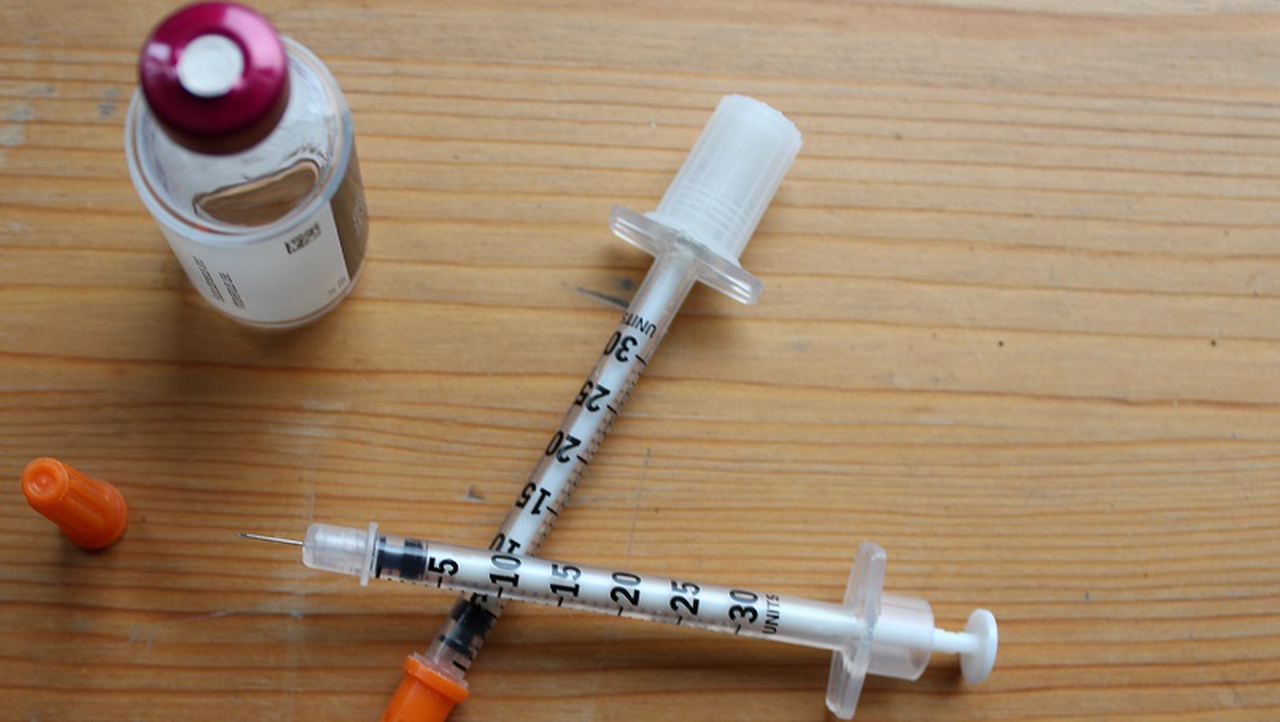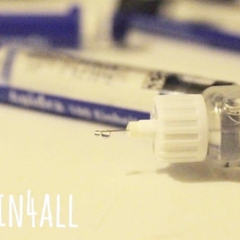
My Insulin Scare
21 Aug 2014, 5:54 p.m. in #insulin4all USA, Global Stories by Elizabeth Pfiester
Most of us know that, essentially, the most important thing for a person with diabetes is insulin. Someone with Type 1 diabetes can die within weeks if there is no insulin in their body. I recently had an experience with my own insulin that put the issues I am passionate about into perspective even more. Here is what happened.
I was traveling back to the United States for about a month and I had packed enough supplies to last that duration, including insulin pump changes, test strips, and – most importantly – insulin. I kept the insulin cool for good measure on the 9 hour journey and arrived at my friend Lexi’s house, which was the first stop on my visit. I reminded each of my friends not to let me forget my insulin (which was in the refrigerator) before leaving Lexi’s house to head to my other friend’s home. My friend and I were practically at her house (4 hours away) by the time I got the call from Lexi telling me that I had left my insulin in her refrigerator.
I had a small amount of insulin in my purse so it wasn’t an emergency exactly, but I began to think through the other options and not only how I would deal with the situation, but how someone else facing the same circumstances might face it.
Option #1: Turn around immediately to go back to Lexi’s and get the insulin, which would mean eight more hours of driving on top of the four we had already driven.
The cost of gas for another round-trip would be an additional burden, and the time it would take to drive eight more hours, with a two-year-old in-tow, would be strenuous and taxing. This was not an ideal option, but not impossible for us.
Someone else with diabetes in the same situation may not have been able to see option #1 as valid for several reasons. They may not have had the time to go back for the insulin due to inflexible work commitments or other obligations. They may not have been able to afford travel fare to get back to the location where their insulin was, or the cost of returning to retrieve the insulin might have drained their salary for a month.
Option #2: Have my friend Lexi mail the insulin to my other friend’s house where I was staying.
This was our original plan, but when Lexi went to the post office she was told that because she is not a pharmaceutical company or a registered organization she was not authorized to mail the insulin or any prescription drug. Despite the fact that the insulin had my name on it, there was no way around the regulations against mailing prescriptions and liquids, so we had to nix option #2. It is difficult to accept that even in the direst of circumstances if one person with diabetes wanted to help another and mail them some insulin, this would not be possible or legal.
Organizations like Insulin for Life do have the authority to mail/post insulin to those in need because of their status. If you have extra insulin and supplies, you can learn more at the USA site or the global Australia site about how and where to send it.
Option #3: Somehow get a prescription for insulin and pay for it out-of-pocket.
I live in the UK and do not have health insurance in the USA any longer. This means I would have had to pay full price for a vial of insulin, and I needed at least two vials to last me for the remainder of my visit. We conducted a bit of research into price by calling around to a few pharmacies to inquire about the price of short-acting insulin that they had on hand. I discovered that the brands that would work in my insulin pump would cost as much as $200 per vial. Even if I could have managed to get a doctor’s appointment, pay for that appointment, and get the prescription, I could not afford the cost of the insulin.
Option #2 was a no-go for me, but I probably could have scraped together the money if it was an emergency to use Option #3. For someone else with diabetes this affordability problem is the day-to-day reality. In the USA a person without health insurance has limited options for financial support for prescriptions and healthcare, but many people are still forced to stretch their insulin and find themselves in the hospital because they are unable to afford enough or are unable to find alternative solutions. This is a problem all over the world, where in some places insulin can cost 40% (or more) of an entire family income, making it essentially unaffordable or forcing families to choose between food and medicine.
In the end I was able to get my insulin without too much stress or a huge extra cost burden. I am beyond lucky in so many ways to be able to access my diabetes medicine and supplies regularly in the UK, so my small insulin scare drove home the fact that there are many people facing similar and more difficult challenges and obstacles related to insulin on a daily basis. That is simply unacceptable.
Read more blog posts and explore our resources to learn more about these issues and how you can make a difference.




